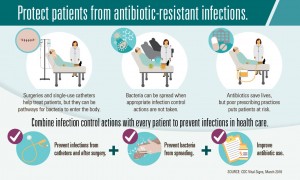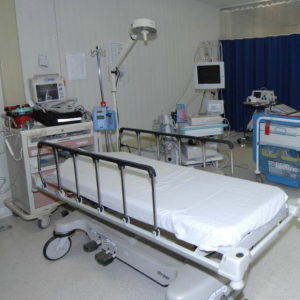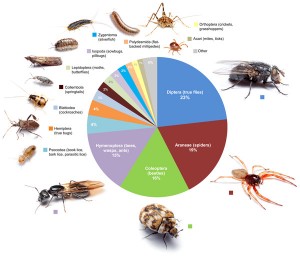Well, I am posting this here since I am hoping that they get a really really good person for this job and perhaps someone who thinks about the built environment along with microbes and infectious disease. NIAID – the National Institutes of Allergy and Infectious Disease has a new job ad: Director, Division of Microbiology …
There are a few news articles that have been coming out (like this one) that draw attention to this recently published paper in ISME Journal, entitled “Iron availability shapes the evolution of bacteriocin resistance in Pseudomonas aeruginosa.” The big picture of the paper was to study how resistance evolves and to explore the effectiveness of …
There are a bunch of stories starting to come out based on some press and paper releases from the CDC yesterday. One that seems well done is this from CIDRAP: CDC notes progress, threat regarding hospital superbugs | CIDRAP. Today’s CDC report focused on the six most concerning antibiotic-resistant bacteria and found better progress against them …
This paper by John Chase and crew posted recently on PeerJ takes a deep look at the office microbiome composition and concludes that the biggest factors affecting differences in swabbed samples are the geography of the office and where the sample was taken inside it. Their experiment showed minimal impact from other factors that are …
New papers about microbes in houses, food, and waste or polluted sites. Microbes in the house Environmental Contamination in Households of Patients with Recurrent Clostridium difficile Infection – Megan K. Shaughnessy – Applied and Environmental Microbiology ($$) Households of R-CDI subjects in the peri-FMT period, and of geographically and age-matched controls, were analyzed for …
Jonathan drew my attention to this paper on antibiotic susceptibility of 153 bacterial isolates collected from a hospital in Ethiopia. I thought the numerous grammatical errors in the paper would parallel with the quality of the study, but I was pleasantly disproved. In the abstract they state, “86.9% [of the 153 isolates] were resistant to …
A paper from Bertone et al studies indoor arthropod diversity in urban and suburban homes. They surveyed all the arthropods they could find in 50 homes in North Carolina, finding 24-128 distinct arthropod families per home! These critters were filtering in from the outdoor surroundings of the home, and most of them were benign to humans. They also found …
While it has long been known that some cyanobacteria move (or crawl) towards light, how these cells detect the direction and source of light was undescribed until recently. In Cyanobacteria use micro-optics to sense light direction, Schuergers et al. (2016) investigated Synechocystis phototaxis and found that each cell acts as a microscopic spherical lens, focusing an intense light spot close to the opposite side …
Another interesting (and closed access) paper from Indoor Air… this time from Naegele and colleagues in France… “Microbiological consequences of indoor composting“. Indoor composting has become more and more popular in urban areas where traditional composting isn’t an option. Here’s a nice look at what that does to the microbial community of the location. Abstract …
Here are some recent news and science articles on antibiotic resistance that I found this afternoon: Some not so happy stories – Intestinal microbiome is related to lifetime antibiotic use in Finnish pre-school children Antimicrobial resistance a challenge to public health: Nadda Some happy/cool stories – Audiocast: Developing new antimicrobial drugs and alternatives Bills would prohibit livestock …





